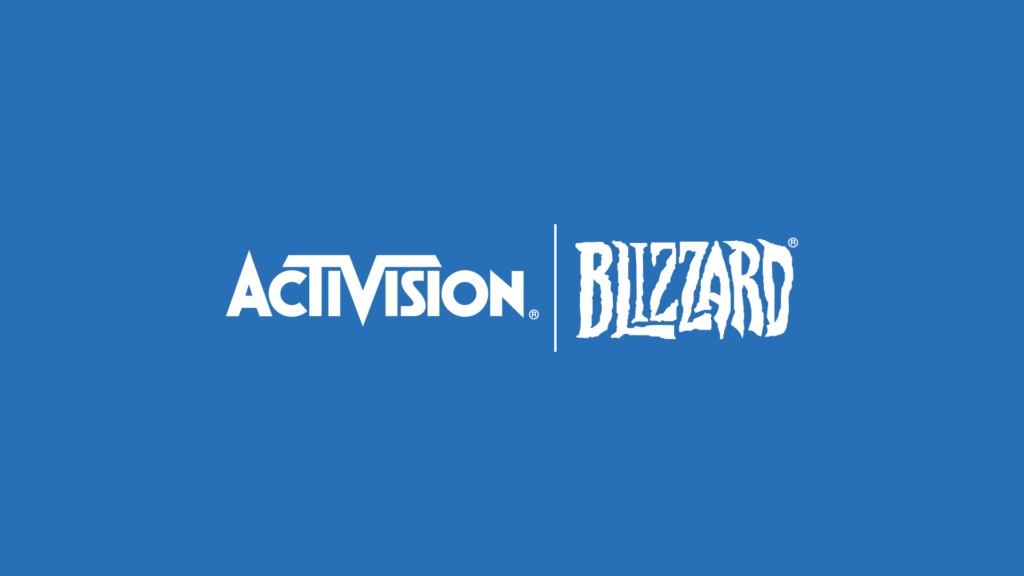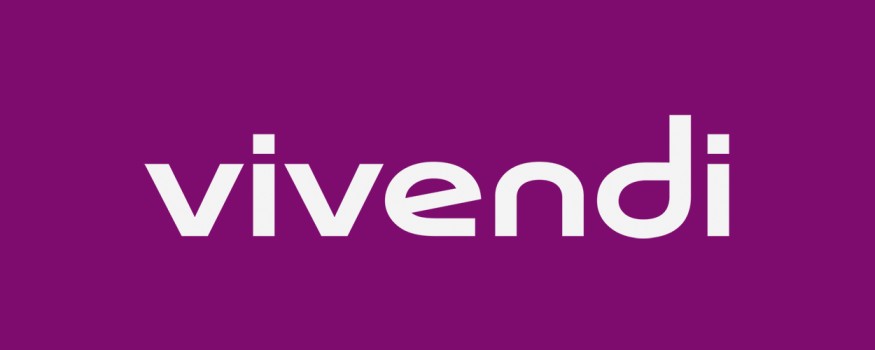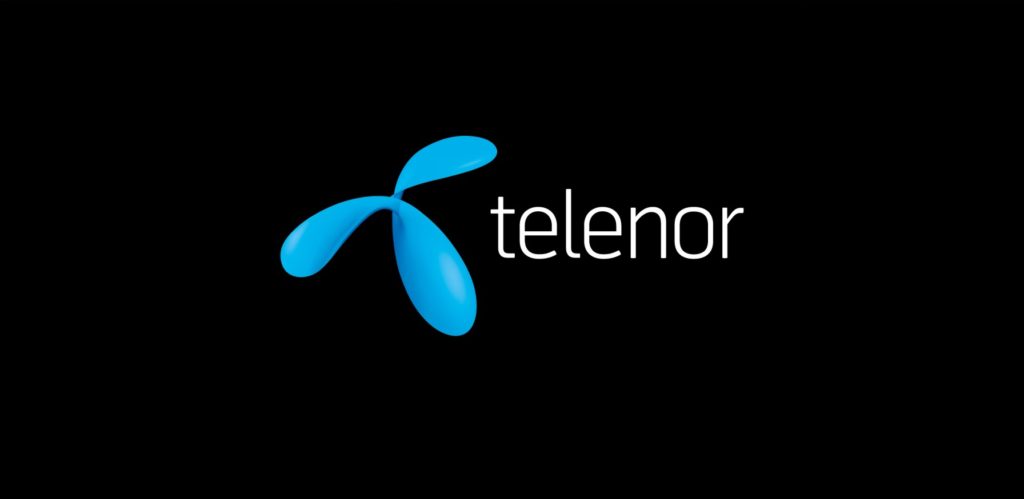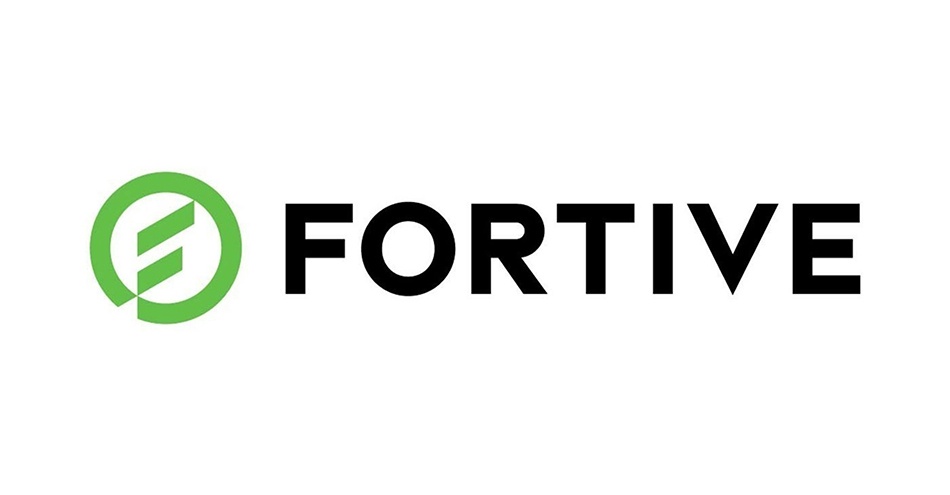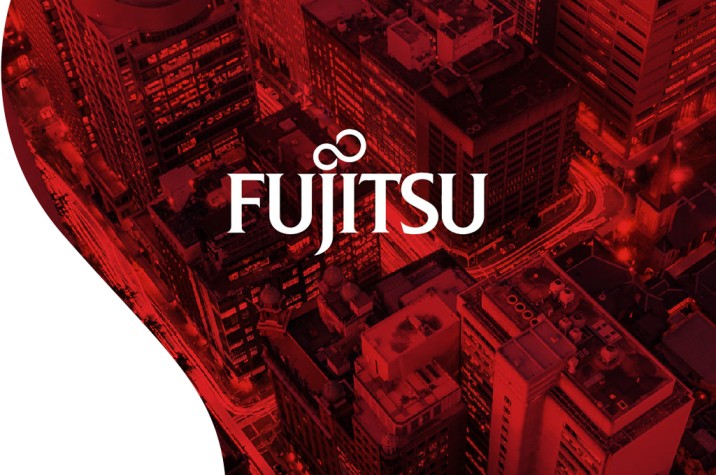Kyocera Corporation – The Journey of Growth and Innovation
Kyocera Corporation is a Japan-based high-quality ceramic component manufacturing company. Kyocera is known for its development work in the field of insulator ceramics and has ties with companies like Sony and Qualcomm. It is known for its quality products and has always introduced innovative technologies to the world. Kyocera Corporation is one of the first companies to produce fine ceramic components, and for the past 60 years, it is also one of the top ceramic component suppliers in the world.
The Establishment of Kyocera Corporation
Kyocera Corporation is a Japanese ceramics and electronics manufacturing company, operating in multiple regions of the world. The company has its headquarter based in Kyoto, Japan, and was founded in 1959 by Kazuo Inamori. Kyocera is specialized in the manufacturing of ceramic products and includes printers/multi-function devices, satellite phones, mobile phones, solar power generating systems, and advanced ceramics as its main products. Kyocera is one of the first companies to introduce a battery-powered portable laptop.

As per the 2018 records, the total annual revenue of Kyocera was ¥1.577 trillion, and 70,153 are working for the company. Apart from Japan, Kyocera has expanded its business to countries like the US, Germany, India, and the UK.
The Founding Story
The history of Kyocera Corporation dates back to sixty years ago in 1959 when Kazuo Inamori founded the company as Kyoto Ceramic Company, Limited. He, along with his 28 colleagues from his previous job, raised a capital of 3 million yen to start the business. The company started its journey as the developer of ceramic components for electronic devices. Its flagship product was a ceramic insulator known as a Kelcima, an insulator used in the picture tubes of TVs.
In the early 60s, ICs had been introduced and had opened doors for new opportunities for the companies. Taking advantage of it, Kyocera also began to ship ceramic semiconductors that helped hugely in the growth of the company. By the mid of 70s, the company started to expand its operations and was manufacturing solar photovoltaic modules, biocompatible tooth- and joint-replacement systems, industrial cutting tools, consumer ceramics as well as lab-grown gemstones.
By the end of the decade, the company also began to invest in electronic equipment manufacturing and radio communication technologies. Kyocera acquired Yashica Company in 1983, and entered the optical technology business, and started to manufacture film and digital cameras. In the 80s, the company also shipped CD players, receivers, turntables, and cassette decks. In 1989, Kyocera acquired Elco Corporation, followed by the acquisition of AVX Corporation in 1990.
By the mid of 90s, photovoltaic solar energy products from the company became very famous, and Kyocera established a separate unit named Kyocera Solar Corporation for the same in Japan in 1996. To further expand its operation in the solar energy system, Kyocera merged its operations with Golden Genesis Company in 1999.
Kyocera began the new century by acquiring Mita Industrial Company, Limited, and mobile phone manufacturing operations of Qualcomm in 2000. In 2003, Kyocera entered India and established a mobile phone subsidiary named Kyocera Wireless India in Bangalore. The company is credited for being one of the first companies to introduce Color displays on entry-level CDMA Handsets. It is also the first one to launch the EOS concept phone at CTIA.
In 2010, Kyocera acquired the thin film transistor (TFT) liquid crystal display (LCD) design and manufacturing business Sony Mobile Display Corporation. The company also acquired Optrex Corporation in 2012 and SGS Tool Company in 2016.
The Founder: Kazuo Inamori
Kazuo Inamori, the founder of Kyocera, was born on 30 January 1932 in Kagoshima, Japan. He completed a graduate degree in Science from Kagoshima University in 1955. His first job was as a researcher at Shofu Industries of Kyoto. His work at the company taught him a lot about ceramic insulators, and he was encouraged to start his own ceramic insulator manufacturing business. So in 1959, he left the company to start Kyocera with the help of 28 staff members from Shofu Industries.
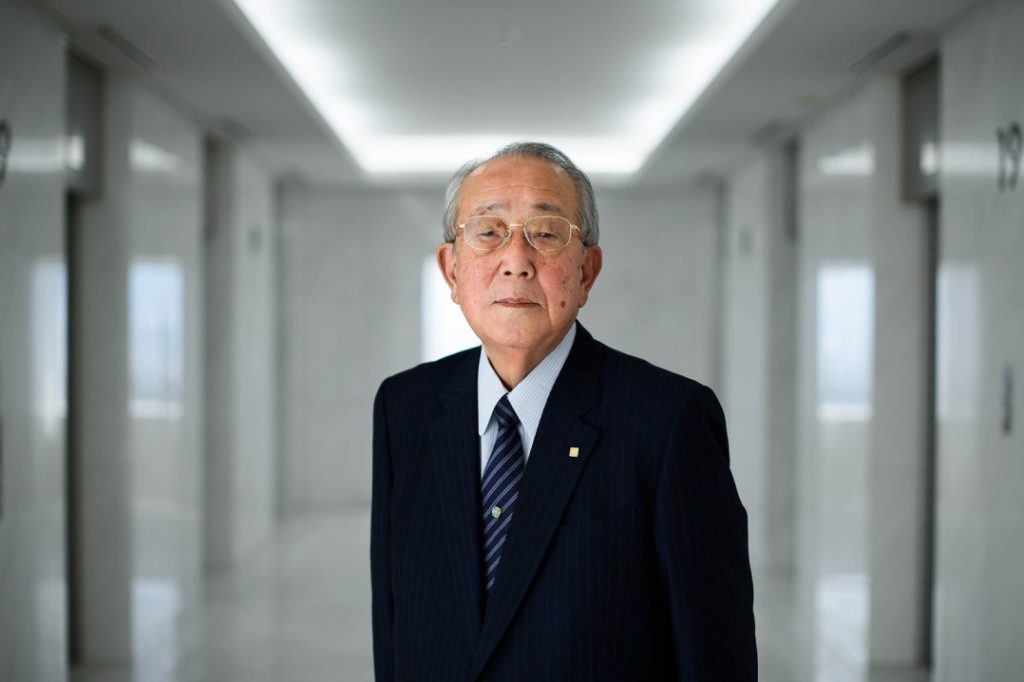
Other than Kyocera, Inamori also founded Daini Denden (DDI) Corporation in 1984. In 2010 he was appointed as the CEO of Japan Airlines. He is also into philanthropy works. Inamori is a recipient of the Othmer Gold Medal for his contribution to progress in science and chemistry.

Yashica is a Software Engineer turned Content Writer, who loves to write on social causes and expertise in writing technical stuff. She loves to watch movies and explore new places. She believes that you need to live once before you die. So experimenting with her life and career choices, she is trying to live her life to the fullest.
